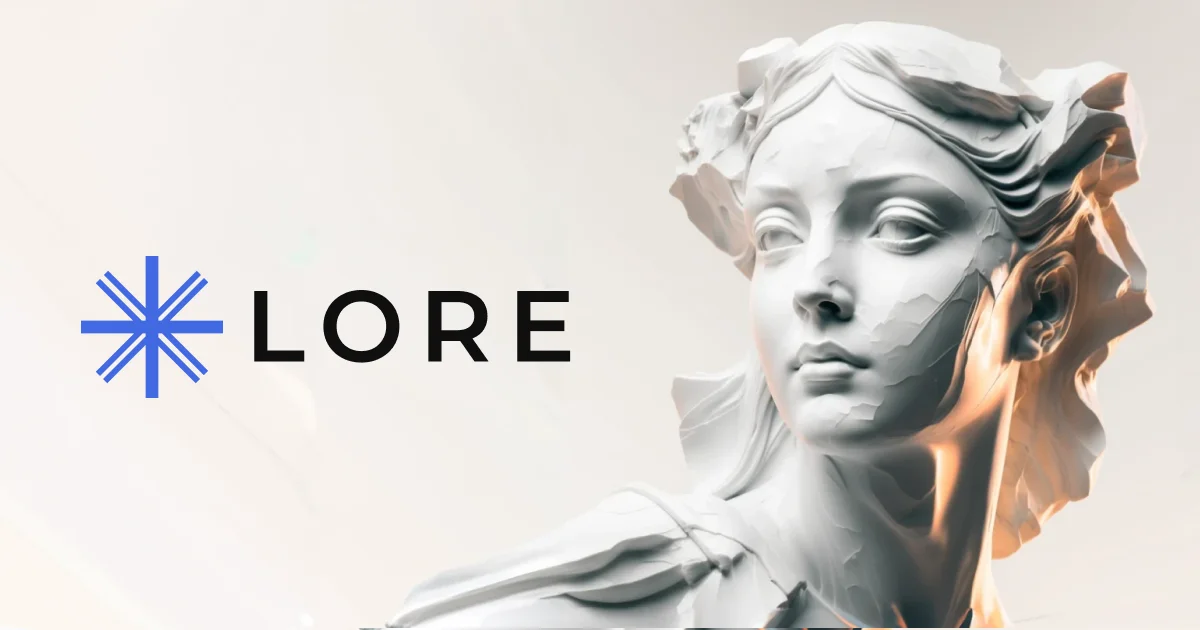Multimodal Models
AI systems that understand and generate content across text, images, audio, and video
What are Multimodal Models?
Multimodal Models are AI systems that can understand, process, and generate content across multiple types of data—text, images, audio, video, and sometimes even 3D models or sensor data. Unlike traditional AI models that work with just one type of input, multimodal models can seamlessly integrate information from different sources to create richer, more comprehensive understanding.
Think of multimodal models as AI systems with multiple senses. Just as humans use sight, sound, and text together to understand the world, these models combine visual recognition, language processing, and audio understanding to tackle complex tasks that require multiple forms of perception.
The power of multimodal AI lies in cross-modal understanding—the ability to connect concepts across different data types. For example, describing what's happening in an image, generating images from text descriptions, or creating videos with synchronized audio narration. This represents a major step toward more human-like AI interaction and understanding.
Types of Multimodal Capabilities
Vision-Language Models
AI systems that can analyze images and discuss them in natural language. They can describe photos, answer questions about visual content, and even generate images from text descriptions.
Audio-Visual Processing
Models that combine audio and visual understanding, enabling applications like automatic video captioning, audio-visual speech recognition, and synchronized content generation.
Video Understanding
Advanced models that process temporal sequences, understanding motion, scene changes, and narrative flow across video frames combined with audio tracks.
Cross-Modal Generation
Systems that can create content in one modality based on input from another—like generating images from text, creating audio from visual cues, or producing video from written scripts.
Leading Multimodal Models (2025)
Gemini 2.5 Pro
Google's flagship multimodal model with native support for text, images, audio, video, and code. Excels at complex reasoning across multiple data types simultaneously.
Claude 4
Anthropic's multimodal model with strong vision capabilities, document analysis, and sophisticated reasoning across text and image inputs.
GPT-4o
OpenAI's omni-model designed for seamless integration of text, vision, and audio with real-time conversational capabilities across modalities.
Specialized Models
DALL-E 3 (image generation), Midjourney (creative visuals), Google Veo 3 (video generation), and Sora (video creation) for specific multimodal tasks.
Business Applications
Content Creation & Marketing
Create comprehensive marketing campaigns that include text copy, visual designs, video content, and audio narration—all generated and optimized together for maximum impact and consistency.
Document Intelligence
Process complex documents containing text, charts, images, and diagrams to extract insights, answer questions, and generate summaries that consider all visual and textual elements.
Training & Education
Develop interactive learning experiences that combine video demonstrations, voice explanations, visual aids, and text materials tailored to individual learning styles and needs.
Product Design & Prototyping
Generate product concepts that include visual designs, technical specifications, marketing copy, and demonstration videos from initial descriptions or sketches.
How Multimodal Models Work
Unified Architecture
Modern multimodal models use transformer architectures that can process different data types through specialized encoders that convert all inputs into a shared representation space.
Attention Mechanisms
Cross-attention layers enable the model to find relationships between different modalities, like connecting words in a caption to specific regions in an image.
Training Approaches
Models are trained on large datasets containing paired examples (image-text pairs, video-audio pairs) to learn correspondences between different modalities.
Emergent Capabilities
As models scale, they develop unexpected abilities like zero-shot cross-modal transfer, where skills learned in one modality apply to another without explicit training.
Real-World Use Cases
Visual Question Answering
Upload an image and ask specific questions about its contents. The model can identify objects, describe scenes, count items, and explain relationships between visual elements.
Document Analysis
Process complex documents with charts, graphs, images, and text to extract key information, summarize findings, and answer specific questions about the content.
Creative Content Generation
Generate coordinated creative assets including promotional videos, accompanying text, background music, and social media adaptations from a single creative brief.
Current Limitations & Future Directions
Current Limitations
- ⚠ High computational requirements and costs
- ⚠ Inconsistent performance across different modalities
- ⚠ Limited real-time processing capabilities
- ⚠ Potential for multimodal hallucinations
Emerging Capabilities
- → Real-time multimodal conversation
- → 3D scene understanding and generation
- → Enhanced video creation and editing
- → Improved cross-modal reasoning
